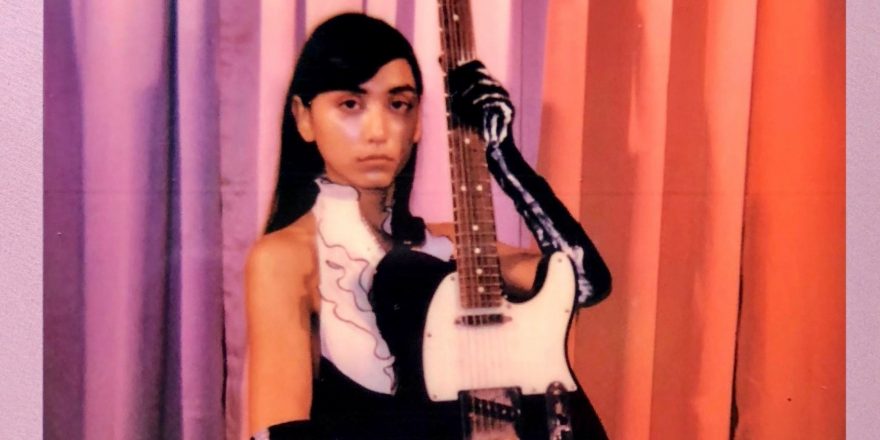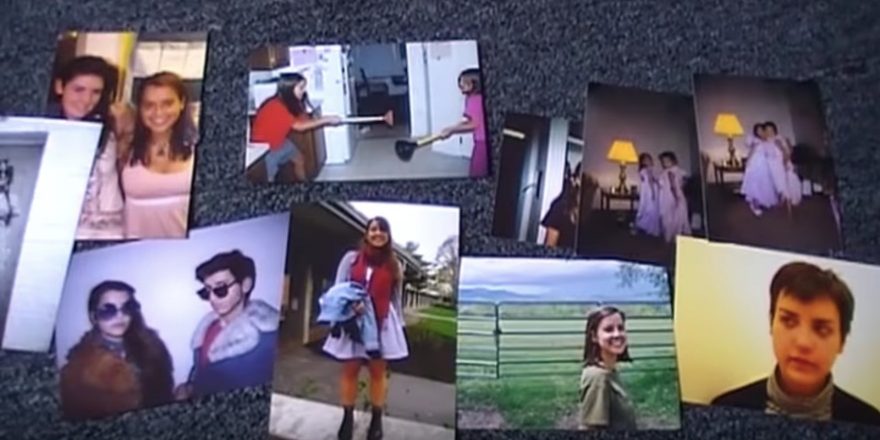Part One: The Lyrics
I was reflecting on the experience of trying to adapt to someone else in a relationship by softening so much that you are able to take the shape of them. The last line is sang only once, but encapsulates the entire song: “I made myself like sand, so I could take your imprint.” Tides shape and reshape the shore, but it isn’t lasting; parts of you can get swept up and lost.
“Imprint” explores the feelings of insecurity that come with believing you are smaller or less significant than your partner. And with that comes the desire to adjust and mold to them, even if that means sacrificing parts of yourself in the process. In the beginning of a relationship there is the expectation that you will be equal forces joining together: “I thought we’d be like two streams, becoming one beyond this obstruction.” It is easy to get swept into something and let yourself be held and suspended within it, no matter how detrimental or unhealthy it can be, which is a feeling I hoped to convey in the line “I’m so small and you’re practically the sea holding up particles of me.”
On hard days, there is the desire to tap into a reserve stash of someone else’s love and supplement yourself with it as you try to learn how to make the love you need for yourself. The lyrics “I bottle up your love, I put it on the shelf, I’ll save it for lonely days when I can’t make it myself” is about how difficult it can be to find your way back to wholeness after feeling like you lost so much of yourself in a relationship.
— Leslie Crunkilton
Part Two: The Music
In a hopefully un-cliché way, I’d like to say that the music sort of wrote itself. We had just written some pretty fast, sometimes noisy, sometimes heavy music and I think my brain and ears were yearning for something slower and nuanced. I played some chords, looped them and proceeded to do what is hardest for me: not think or have too much forethought/planning on what sounds or timbres and structures I use. It’s funny, because I looped that first chord progression incorrectly, so it actually sounds like it starts playing more and more behind (because it is). I fixed it and hated it. It sounded too perfect and almost gave the song more anxiety. I put it back in and felt it all relax a little more, and the song started breathing slower for me to put in those little, simple lead riffs. But also I knew it would have breathing room for Leslie to take her time telling her story. After the first chorus, the song swells a bit, adding some guitars and more drums but I really wanted it to get back to its quiet quality for the end. Like nothing ever happened, Leslie is still there, telling her beautifully bittersweet story to all of us lucky enough to hear it.
— Mike Lee
(Photo Credit: Marshall Tidrick, Jinni J.)







